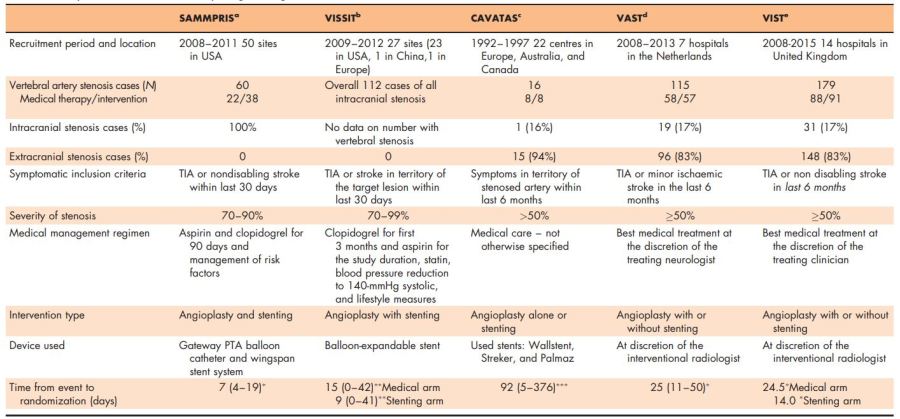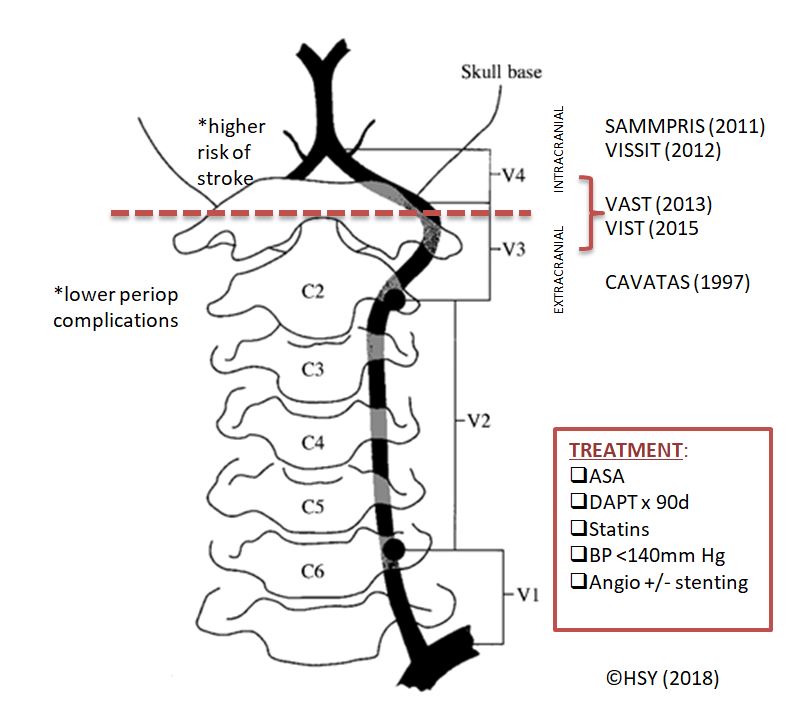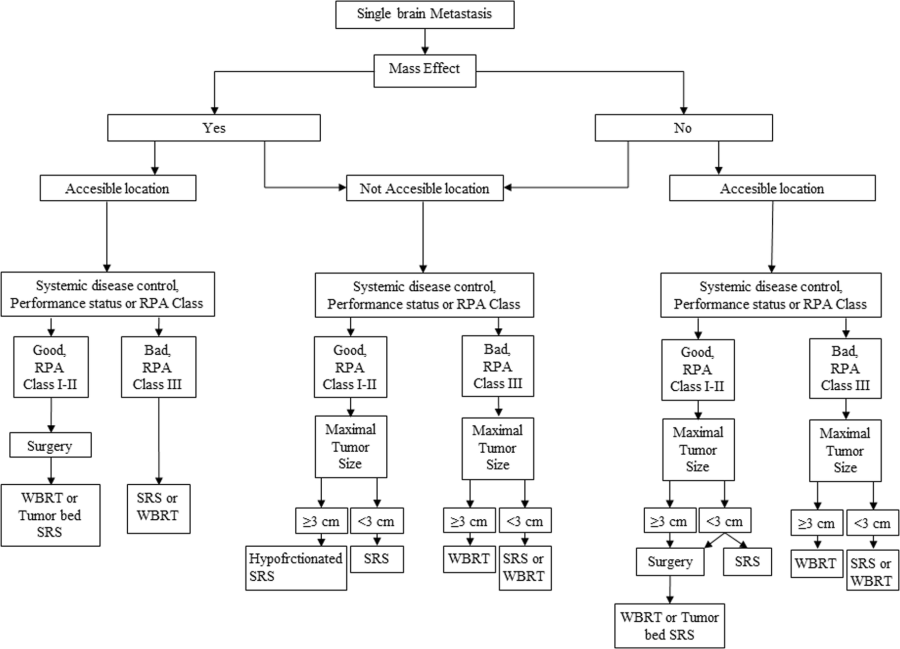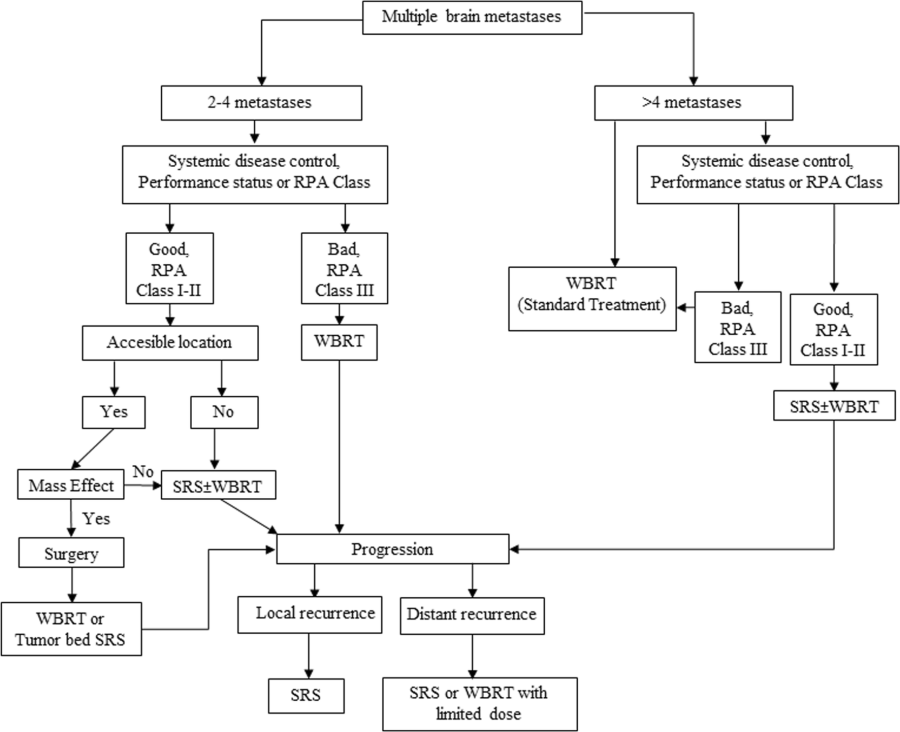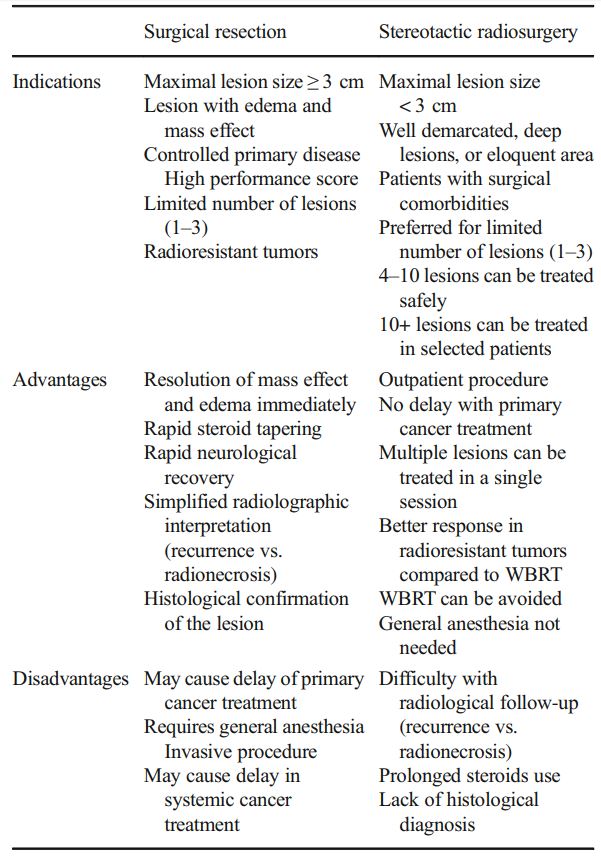Interesting analysis from Annals of Internal Medicine. The decision to start anticoagulation in atrial fibrillation, using CHADSVASC score is not so clear cut. See tables below.

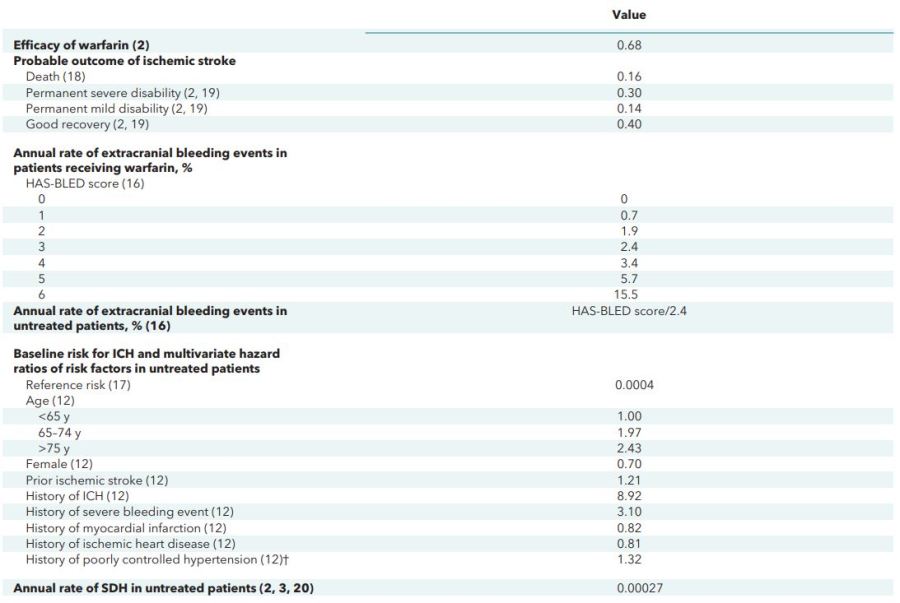

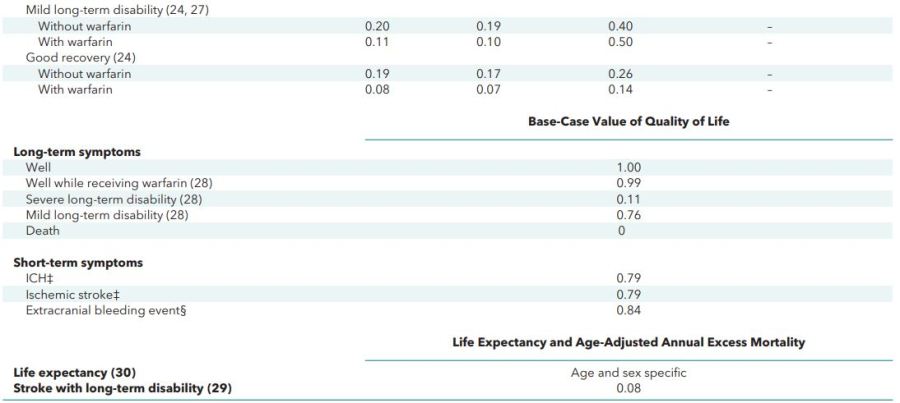
Reference:
Shah, S., Eckman, M., Aspberg, S., Go, A. and Singer, D. (2018). Effect of Variation in Published Stroke Rates on the Net Clinical Benefit of Anticoagulation for Atrial Fibrillation. Annals of Internal Medicine.
